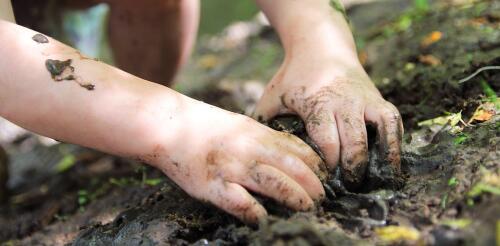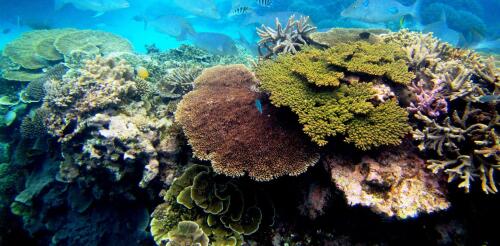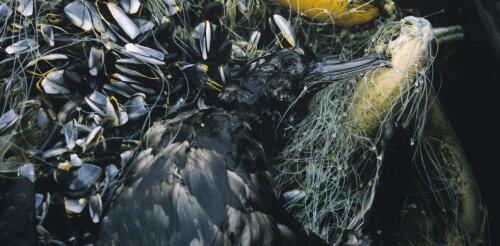environment
Curious Kids is a series for children of all ages. If you have a question you’d like an expert to answer, send it to curiouskidsus@theconversation.com. What is dirt? – Belle and Ryatt, ages 7 and 5, Keystone, South Dakota When you think about dirt, you might picture the rock dust that gets on your pants. But there’s so much more going on in the ground under our feet. When I began studying soil, I was amazed at how much of it is actually alive. Soil is teeming with life, and not just the earthworms that you see on rainy days. Keeping this vibrant world healthy is crucial for food, forests and flowers to grow and for the animals that live in the ground to thrive. Here’s a closer look at what’s down there and how it all works together. Soil is a vibrant ecosystem. Gabriel Jimenez via Unsplash, CC BY-SA...
During the most recent total solar eclipse visible in the U.S., on Aug. 21, 2017, the skies darkened as the Moon crossed in front of the Sun. It blocked out all sunlight – except for that from a golden ring visible around the Moon’s shape, called the corona. Not surprisingly, solar power generation across North America plummeted for several hours, from the first moment the Moon began to obscure the Sun to when the Sun’s disk was clear again. On April 8, 2024, another total solar eclipse will track across the U.S., causing perhaps an even greater loss of solar power generation. Although this will be the second total solar eclipse visible in the U.S. in under seven years, these events are a rare occurrence. Nevertheless, they present a unique challenge to power grid operators. I am a space scientist with a passion for teaching physics and astronomy. Though I have seen many partial eclipses of the Sun, I have yet to witness a total solar eclipse. My road trip to...
Coral reefs are some of the oldest, most diverse ecosystems on Earth, and among the most valuable. They nurture 25% of all ocean life, protect coasts from storms and add billions of dollars yearly to the global economy through their influences on fisheries, new pharmaceuticals, tourism and recreation. Today, the world’s coral reefs are degrading at unprecedented rates due to pollution, overfishing and destructive forestry and mining practices on land. Climate change driven by human activities is warming and acidifying the ocean, triggering what could be the largest coral bleaching event on record. Under these combined pressures, scientists project that most corals could go extinct within a few generations. I am a marine biologist at the Smithsonian’s National Zoo and Conservation Biology Institute. For 17 years, I have worked with colleagues to create a global science program called the Reef Recovery Initiative that aims to help save coral reefs by using the scienc...
My colleagues and I mapped activity in the northeast Pacific of “dark” fishing vessels – boats that turn off their location devices or lose signal for technical reasons. In our new study, we found that highly mobile marine predators, such as sea lions, sharks and leatherback sea turtles, are significantly more threatened than previously thought because of large numbers of dark fishing vessels operating where these species live. While we couldn’t directly watch the activities of each of these dark vessels, new technological advances, including satellite data and machine learning, make it possible to estimate where they go when they are not broadcasting their locations. Examining five years of data from fishing vessel location devices and the habitats of 14 large marine species, including seabirds, sharks, turtles, sea lions and tunas, we found that our estimates of risk to these animals increased by nearly 25% when we accounted for the presence of dark v...
With the arrival of spring in North America, many people are gravitating to the gardening and landscaping section of home improvement stores, where displays are overstocked with eye-catching seed packs and benches are filled with potted annuals and perennials. But some plants that once thrived in your yard may not flourish there now. To understand why, look to the U.S. Department of Agriculture’s recent update of its plant hardiness zone map, which has long helped gardeners and growers figure out which plants are most likely to thrive in a given location. The 2023 USDA plant hardiness zone map shows the areas where plants can be expected to grow, based on extreme winter temperatures. Darker shades (purple to blue) denote colder zones, phasing southward into temperate (green) and warm zones (yellow and orange). USDA Comparing the 2023 map to the previous version from 2012 clearly shows that as...




